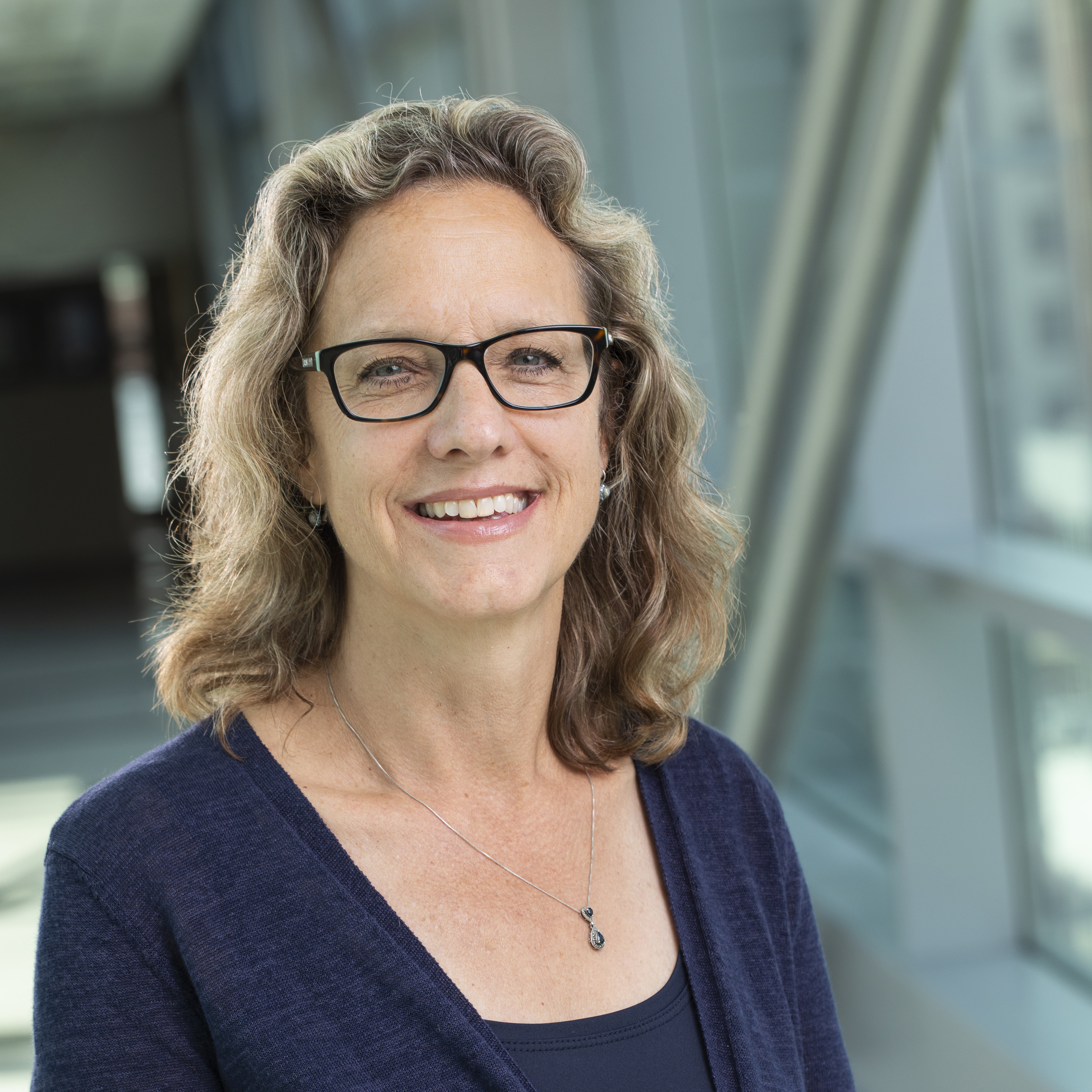Building upon her previous research on the role of transcription factor SIX1 in sarcoma progression, Heide Ford, PhD, associate director of basic research at the University of Colorado Cancer Center, recently published a paper, in collaboration with CU Cancer Center members Paul Jedlicka, MD, and Jim Costello, PhD, in the journal Nature Communications showing that SIX1 plays a very different role in Ewing sarcoma than it does in other sarcomas — the general term for a broad group of cancers that can form in various locations in the body, including the bones and the soft tissue that connects, supports, and surrounds other body structures.
“In most sarcomas, including rhabdomyosarcoma, on which one of our recent previous papers was focused, SIX1 is critical for tumor progression,” says Ford, professor and endowed chair of pharmacology in the CU School of Medicine. “In the context of rhabdomyosarcoma, SIX1 holds the cells in a less differentiated or developed state, which makes them more progenitor-like. That encourages tumor growth. If you knock SIX1 down, you cause the cells to differentiate, which makes the tumors less likely to grow and spread.”
Indeed, loss of SIX1 in most tumor types (including not only sarcomas but also carcinomas, or epithelial tumors) inhibits tumor progression and metastasis.
To her surprise, however, Ford’s Medical Scientist Training Program student Connor Hughes found that in Ewing sarcoma — a highly aggressive cancer that primarily affects adolescents and young adults — knocking down SIX1 caused tumor cells to be more metastatic.
“It points out how important context is,” Ford says. “A lot of researchers lump sarcomas together because sarcomas are rare tumors. But there are many different types of sarcomas, and they all have very different biologies.”
Repression vs. activation
The reason for the difference in Ewing sarcoma, Ford hypothesizes, is that in Ewing sarcoma, SIX1 acts in conjunction with a fusion protein/transcription factor unique to that cancer to bind to DNA in a unique way. Working together, the transcription factors repress a set of genes that cause metastasis. In most sarcomas, SIX1 activates genes that cause cancer to spread, which is why removing SIX1 inhibits tumor progression in cancers such as rhabdomyosarcoma.
“It’s kind of a Goldilocks phenomenon,” Ford says. “You need a fusion protein to get the onset of the disease, and the fusion protein is important for making cells hyperproliferative, which is what happens when a cancer starts growing. However, that same fusion protein needs to be less expressed for cells start to metastasize. So there’s a balance. If you have too much of that fusion protein, the cells stay proliferative, but they don’t move.”
A new understanding of metastasis
Ford’s lab has worked for years on ways to inhibit SIX1 to treat carcinomas and sarcomas, but she now realizes she needs to change the strategy in order to treat Ewing sarcoma.
“We’re at the very early stages of understanding mechanistically how these normally key oncogenic drivers repress metastasis,” she says. “If we can understand that, we might be able to think about ways to drug it.”
It’s an important goal, as Ewing sarcoma is the second most common pediatric malignancy of the bone and soft tissue, with a five-year survival rate below 30%.
“Sarcomas are not all one disease,” she says. “The biology can be very different, and that’s important to understand. This is a much less-studied area than cancers like leukemia or carcinomas such as breast or prostate cancer.”
Center-wide expertise
Ford is far from the only sarcoma researcher at the CU Cancer Center. In June 2023, she and sarcoma researchers from across the CU Cancer Center gathered for a Sarcoma Retreat focused on sharing research, pooling resources, and finding ways to work together on grant applications and other sources of funding. The event drew researchers from the CU Anschutz Medical Campus, Colorado State University, and CU Boulder.
“We covered everything from basic science to clinical trials, and we talked about sarcomas in adults as well as dogs, who tend to develop a lot of sarcomas,” Ford says. “We wanted to get sarcoma biologists in the room together to think about more projects where we could work together, all the way from basic mechanistic science to things that ultimately could move into the clinic.”




.png)